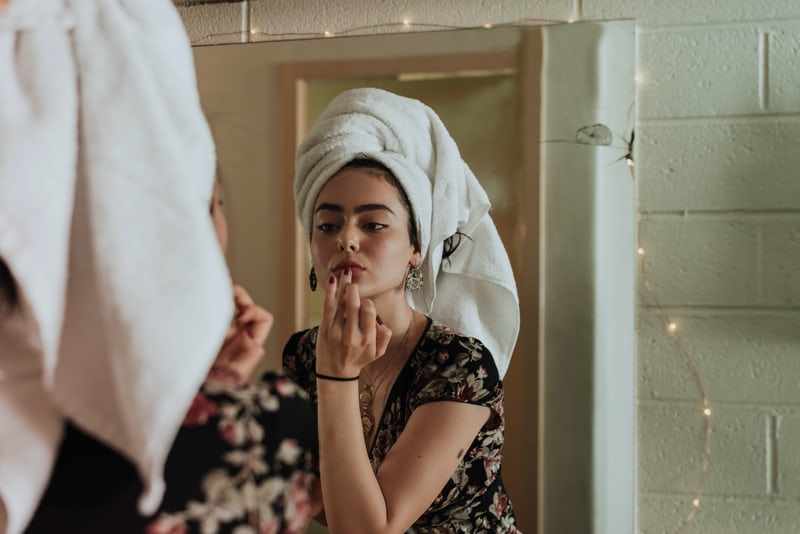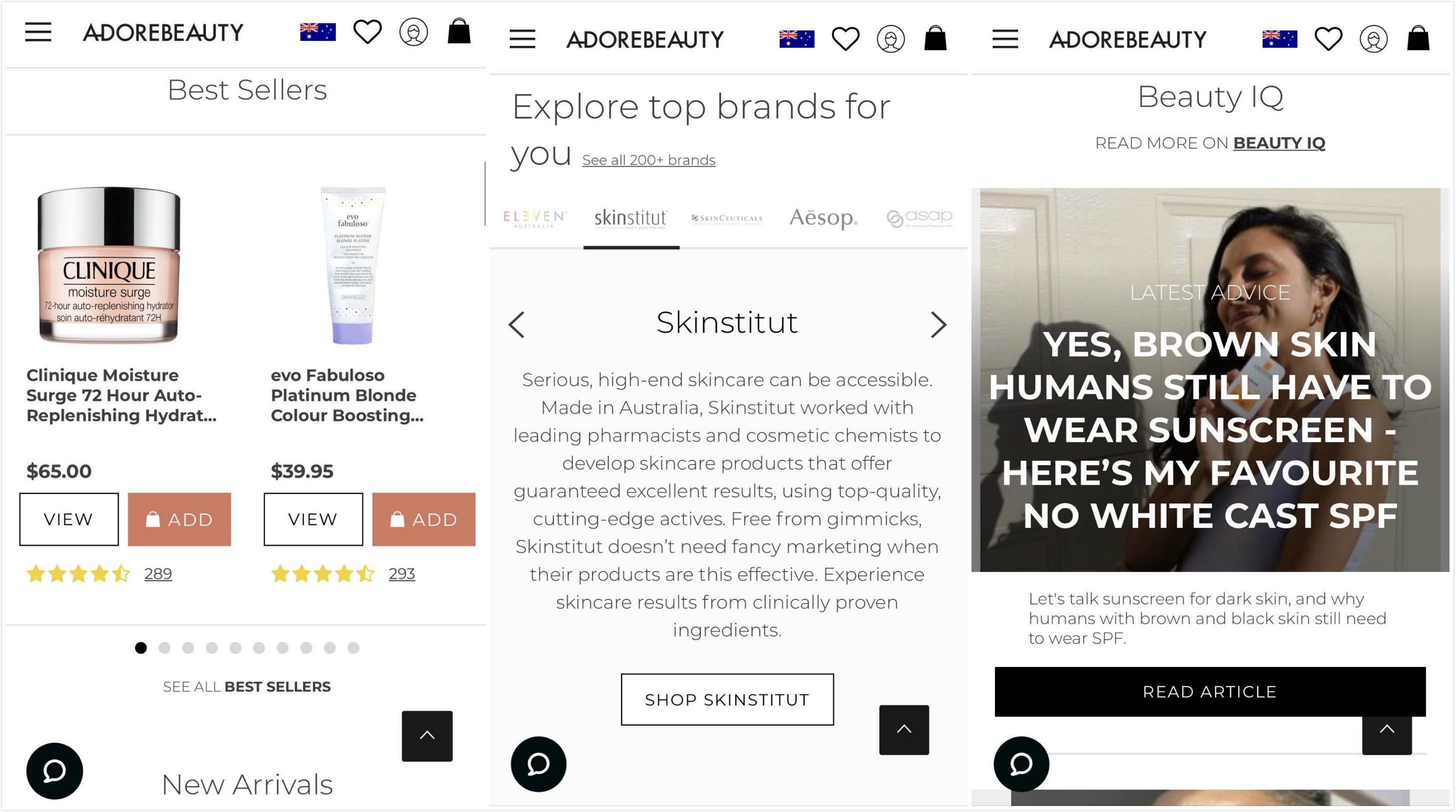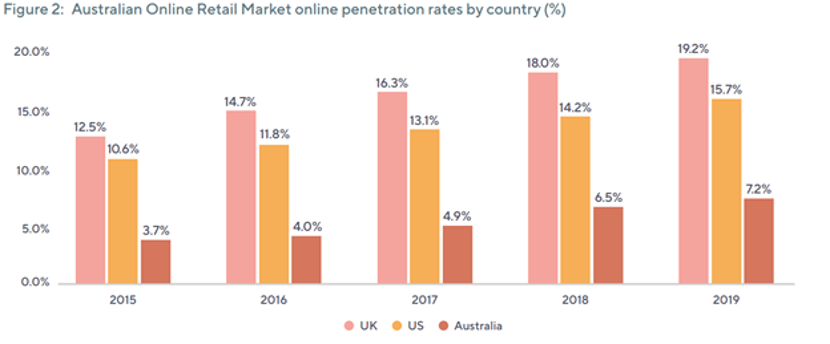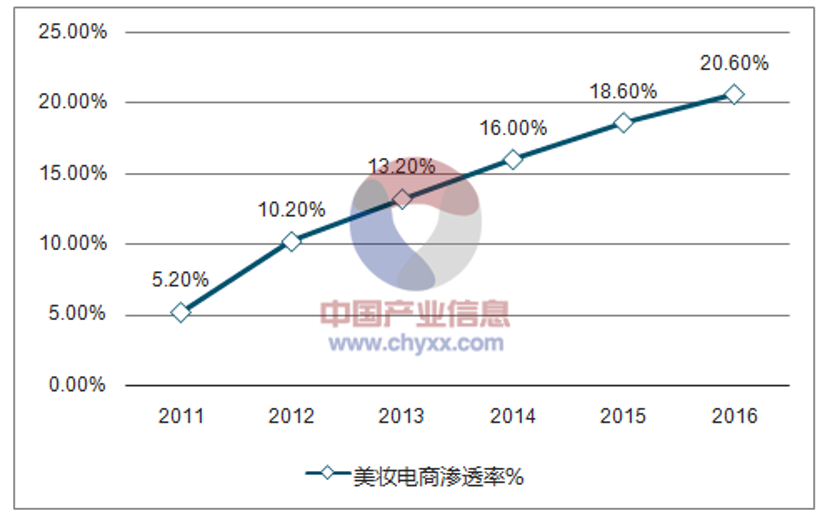The hindrance of overseas players entering the country may not really be a problem with ‘luxury brands’.
Title map
Last Friday, Australia’s largest online beauty retailerAdore Beauty(ASX : ABY), has been listed on the Australian Stock Exchange. The IPO price is 6.75 Australian dollars per share (4.80 US dollars per share), the financing is 269.5 million Australian dollars (192 million US dollars), and the market value is 635.3 million Australian dollars (452 million US dollars). As of press time, Adore Beauty has fallen to about 5.83 Australian dollars per share (4.15 US dollars per share).
In April 2000, Adore Beauty was established in a garage by 21-year-old Melbourne student Kate Morris and her partner James Height. Today, the platform has gathered more than 11,000 products from more than 230 well-known brands, with a total of more than 18.5 million users, of which more than 590,000 active users.
After the epidemic, Adore Beauty’s sales surged. In fiscal 2020, sales exceeded 100 million Australian dollars for the first time, reaching 121 million Australian dollars (83.9 million US dollars), an increase of 65.5% over 2019.
The founder Morris believes that the company has two main advantages: first, the presence of rich brands and SKUs; second, the connection between content and business, the website has grassy blogger articles, and makeup tutorials, which are helpful For consumers to choose.
Image source: Adore Beauty official website
The homepage of Adore Beauty’s official website, like many online shopping e-commerce companies, is clear at a glance. Banner, product classification, recommended products, etc. are clear at a glance. Next, there is a special area, which is a brief description of 200+ product brands, including brand concept, establishment background, Main products, etc. Continuing down, there will be some articles by people who grow grass, covering skin care concepts, evaluation experiences, scene sharing, etc., pictures, texts, videos, and extended reading.
In simple terms, this is more like Jumeiyoupin+Tmall+Xiaohongshu. Ideally, each beauty brand has the official endorsement of the Adore Beauty platform. Users After being planted by Amway on the website, the purchase action was completed immediately. In addition, users can enter their own e-mail address on the website to regularly get discounts and new notifications, get samples and gifts, etc. This is an action conducive to repurchase in Western markets where the e-mail address is frequently used.
Image source: McKinsey
Looking at the user base again, according to data disclosed by McKinsey, in 2016, Australia’sThe online retail market penetration rate is only 4.0%. In other words, it is possible that the online retail market in Australia is still in a relatively early stage of gameplay. Adore Beauty, as an earlier group of entrants, has relative barriers. It is reasonable to maintain a winning posture in Australia.
It is worth mentioning that Adore Beauty entered Tmall in 2016, but closed the store in 2017. Why is this model not running through in China?
Recall the three-step strategy for opening a store in China at that time:
First, cooperate with big platforms, so they entered Tmall.
Secondly, I believe that exclusive brands are very important, so many brands that are relatively niche for Chinese consumers have appeared on Tmall, such as Lanolips, asap, Skinstitut and ELEVEN.
Third, find a partner who is familiar with the Chinese market, and find a MarketEngine advertising company to cooperate with Tmall.
However, 6 months later, in January 2017, Adore Beauty closed its store on Tmall. Morris explained to the foreign media Which-50 at the time: “We feel that the entire market environment is not very strategically related to Adore Beauty. Match.” And added: “Or not very suitable for our cooperation with’luxury brands’.”
Image source: China Industry Information Network
According to Zhiyan Consulting Group’s “2017-2022 China Beauty and Skin Care Market Monitoring and Forecast Report” released by China Industry Information Network, China’s beauty e-commerce penetration The rate has continued to rise from 5.20% in 2011, and reached 20.60% in 2016, indicating that consumers’ awareness and purchases of online beauty are increasing rapidly, so it is not because the penetration rate of beauty e-commerce in China is not high. .
Looking back at history, around 2011 was when Taobao began to grow rapidly.It can be said that Chinese consumers’ awareness of online beauty is taught by Taobao earlier, and the pursuit of price concessions on the basis of high quality has penetrated consumers’ minds. According to the price comparison of users on a domestic social networking site in 2017, Adore Beauty has no obvious price advantage even compared with Sephora, so it was the first to lose in the price competition.
The content of Adore Beauty’s mode of planting grass and selling goods has been eliminated in the process of using Tmall to sell products. The blogger cannot complete the Amway action on Tmall, so the strategy one has not been reached. . Tmall is more like a shelf, requiring merchants to adjust their original appearance, remove the parts that do not meet the shelf specifications, and then install them into Tmall’s standards. At this time, the richness of the selection and SKU is particularly important. If it is a brand that domestic consumers are unfamiliar with, and there is no other platform and gameplay to match the product’s planting and Amway, it is not surprising that it is submerged in the hundreds of billions of SKUs on Tmall, so strategy two has not been achieved. At this point, the role of strategy three may have not been brought into play, and hastily died down.
Adore Beauty also stated that it will further expand overseas markets after listing. So if Adore Beauty chooses to enter the Chinese market now and maintain the original model of its own platform, will there be a chance?
Let’s take a look at the company’s next plan: plans to launch its own APP and self-branded products in 2021, as well as a “loyalty program” to enhance interaction with users. APP is a private domain gameplay, this term has been used badly in China; the self-operated model JD.com has already run through; the “loyalty program”, the official does not specify which model is specific, if it is a community and membership system, these two The model is not new in China. If it is a subscription-based e-commerce that is popular overseas, combined with the hot blind box concept and packaged with imported genes, it may be a bloody way.
According to the “White Paper on Chinese Beauty Consumers’ Buying Habits and Demands Insights” jointly issued by Kantar Consumer Index and Taomei Makeup Merchants Association in 2019, consumers mainly consider the following factors when choosing a platform: 1. , Professional and reliable; second, convenient and practical; third, rich in content; fourth, with trendy information and diverse forms. The above-mentioned elements, with one or a certain kind, can find players with impressive records in China. Adore Beauty has moved to a fierce battle in the country. If there is no hardcore gameplay, the record may not be good.
Zhiyan Consulting Group also pointed out that the mainstream beauty consumption range of Chinese women is between 100-500 yuan per month, and 13.5% of them spend more than 1,000 yuan on beauty, indicating that domestic women have a certain ability to consume beauty. Therefore, the hindrance of overseas players entering the country may not really be a problem of ‘luxury brands’.



